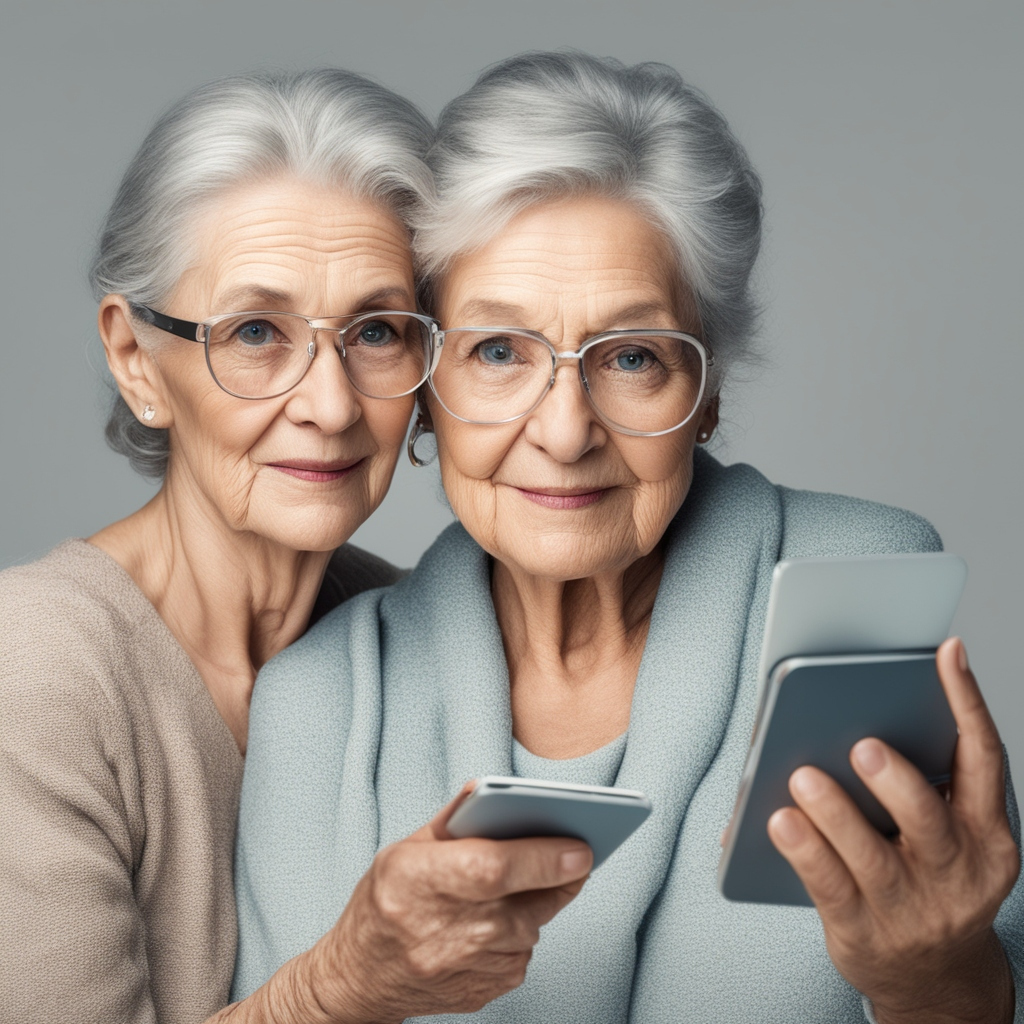As our loved ones age or face disabilities, their safety and well-being become our primary concern. We often find ourselves torn between the responsibilities of our own lives and the deep desire to be there for them in their moments of need. This conflict can create a lingering sense of anguish, especially when we’re unable to be present during emergencies. However, the advancement of smart technology offers a compassionate solution, providing a way to ensure their safety, even when we can't be physically by their side.
A Personal Story of Loss and a Drive for Change
The heartbreak of losing a loved one—especially when that loss might have been prevented—stays with you forever. It’s a pain that gnaws at your soul, a sorrow that stems not only from their absence but also from the overwhelming "what ifs." What if you had been there? What if you could have prevented the tragedy? This haunting grief is something many of us fear, yet it’s an unfortunate reality for some.
I, too, have faced this pain. The unexpected loss of a dear family member, alone and helpless in their final moments, was a wake-up call. It was an experience that no one should have to endure. The realization that smart technology could have been the bridge between safety and loss has fueled a passion within me to advocate for its adoption, especially for those who are most vulnerable—our elderly and disabled loved ones.
The Unseen Value of Smart Technology
Smart technology is more than just a collection of gadgets; it’s a lifeline. For elderly and disabled individuals, these innovations offer a level of independence that might otherwise be out of reach. From fall detection systems to automated medication reminders, smart devices are designed to anticipate and respond to the unique needs of those who require extra care.
For families, this technology provides peace of mind. It allows us to be vigilant and proactive, even from afar. Knowing that a loved one has a smart home system equipped with emergency alerts, motion sensors, and health monitoring devices can ease the constant worry that often accompanies caregiving. It’s a comfort to know that help is just a button—or even a voice command—away.
The Emotional Impact of Not Being There
One of the greatest fears for any caregiver or family member is the possibility of not being there when something goes wrong. The mere thought of a loved one suffering alone, unable to call for help, is enough to cause sleepless nights. The anguish of this thought is compounded when the worst does happen, and the emotional toll can be devastating.
However, with smart technology, this fear doesn’t have to be a reality. These tools act as an extension of your care, filling in the gaps when you can’t be present. They ensure that your loved one is never truly alone, providing a safety net that catches them when they need it most.
Moving Forward with Compassion and Care
Investing in smart technology for the elderly and disabled is not just about convenience; it’s about compassion. It’s about acknowledging the dignity and autonomy of those we love, while also taking steps to protect them in their most vulnerable moments. By embracing these tools, we can mitigate the risks that come with aging and disability, and in doing so, we can prevent the heartache of preventable tragedies.
For those of us who have experienced the profound pain of loss, the importance of smart technology is clear. It’s a way to honor the memory of those we’ve lost by ensuring that others do not suffer the same fate. It’s a step toward a future where our elderly and disabled loved ones can live with dignity, and where we can live without the burden of regret.
As we continue to navigate the complexities of caregiving, let us do so with a heart full of love and a mind open to the possibilities that technology offers. Let us use these tools to protect, nurture, and care for those who mean the most to us, so that we may never have to ask ourselves, "What if I had been there?"

